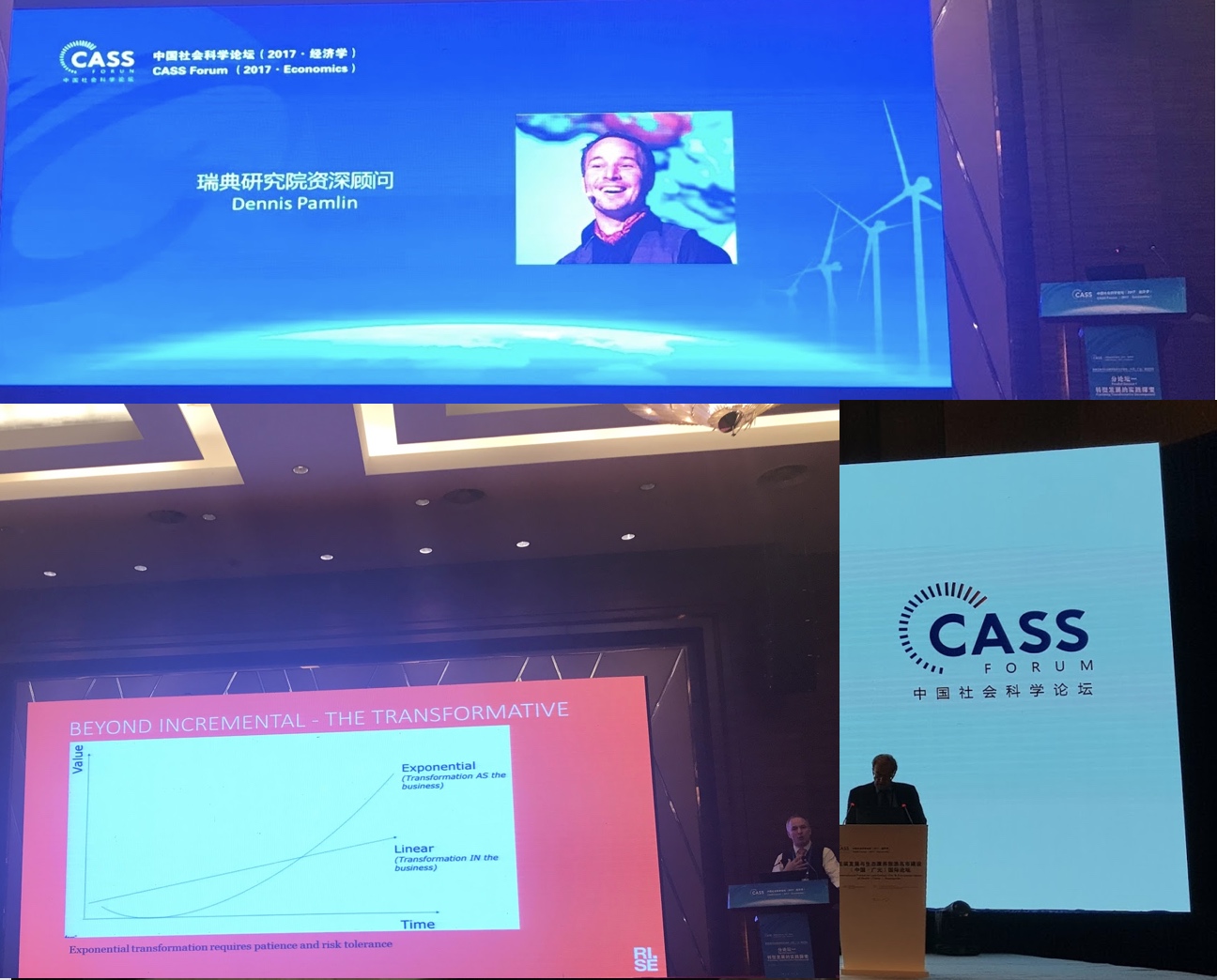First global IT study about Climate -See how the first billion tonnes of CO2 reductions can be achieved
/ After almost one year of intensive work the first global IT study about IT's potential to help reduce CO2 emissions is finally ready.
After almost one year of intensive work the first global IT study about IT's potential to help reduce CO2 emissions is finally ready.
You now have the opportunity to join the work to deliver the first billion tonnes of CO2 reductions with IT solutions. The brand new WWF report “Outline for the first global IT strategy for CO2 reductions: a billion tonnes of CO2 reductions and beyond” is just released and we will launch a number of projects in the near future.
You can download the 9 MB document with full illustrations here.
The report is the final Thought Leadership Paper in a series to highlight the potential for IT to reduce CO2 emissions through transformative change, building in particular on the joint HP/WWF initiative “ICT Innovation as a Driver of Climate Change Solutions”.
Ten strategic IT solutions that together reduce one billion tonnes of CO2 emissions as well as hold the potential to further help accelerate reductions are presented and discussed. The potential is obviously much bigger, but during the work it became evident that looking for the maximum amount of short-term reductions would result in a counterproductive situation that fails to include the even larger potential of IT solutions – the potential to deliver transformative change in society (i.e change in the very infrastructure that supports working, living, moving and eating).
The IT solutions should be implemented under the right circumstances to help reduce direct CO2 emissions as well as support accelerated reductions due to “low-carbon feedback”. This means that we should focus on solutions that not only reduce CO2 directly when they are used, but also strengthen structures that support further emission reductions. IT solutions could, however, also contribute to “high-carbon feedback”, which would have the opposite effect and strengthen structures that support increased emissions. Caution is necessary as the positive or negative outcome depends on how a solution is implemented.
We now look forward to implementation to ensure IT’s positive contributions and achieve the reductions needed to solve the climate challenge.
Please visit www.panda.org/ict to read more. There you will also find the longer academic paper that provided the background for the ten selected solutions.






























